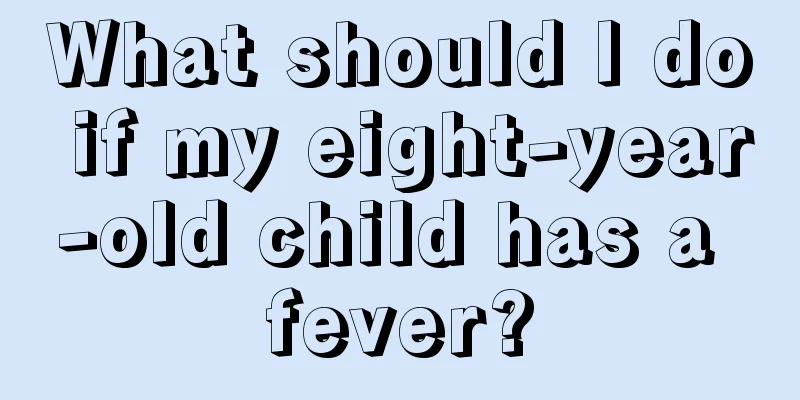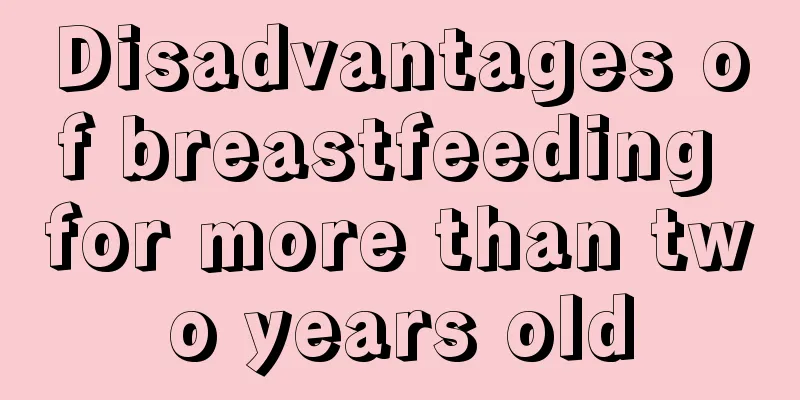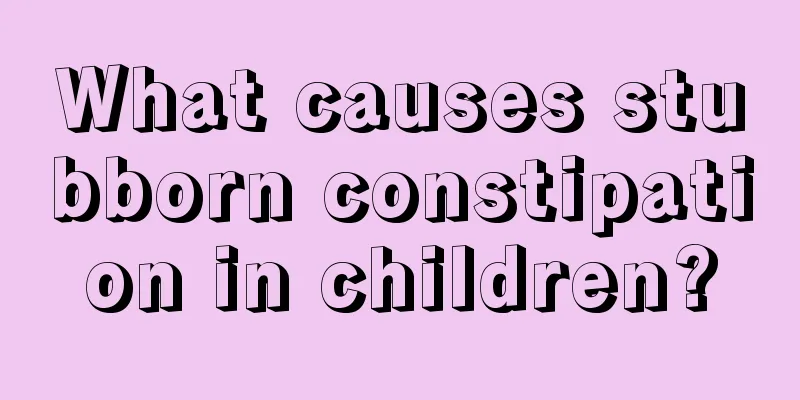What should I do if my eight-year-old child has a fever?

|
Most children's fevers are caused by colds, typhoid fever, and indigestion. In normal times, mothers should pay more attention to their children's physical condition, keep them warm, and add or remove clothes as the weather changes. In addition, you need to pay attention to feeding them more fresh fruits and vegetables, and try to let them eat easily digestible food. So what should we do if our child has a fever? Here is some information that the editor has collected, let’s take a look. The normal basal body temperature of children is 36.9℃~37.5℃. Generally, when the body temperature exceeds the basal body temperature by more than 1°C, it is considered a fever. Among them, low fever refers to body temperature fluctuating around 38°C, and high fever refers to body temperature above 39°C. Continuous fever for more than two weeks is called long-term fever. The above-mentioned basal body temperature refers to the rectal temperature, which is measured from the anus. Generally, the oral temperature is 0.3℃~0.5℃ lower than the rectal temperature, and the axillary temperature is 0.3℃~0.5℃ lower than the oral temperature. If the child only has a high fever and no complications, even if the fever subsides slowly or recurs from time to time, there is no need to worry. You should patiently treat and care for the child at home. You can take the following measures: (1) Keep the environment quiet, comfortable and moist, ventilate the room regularly, and adults should not smoke. (2) Fever is the body's protective response against microbial invasion and is beneficial to enhancing the body's resistance. Therefore, there is no need to take antipyretics if the body temperature is below 38.5℃. Antipyretic measures are only required if the body temperature exceeds 38.5℃. {3) The sick child should not wear too many clothes, the quilt should not be too thick, and the child should not be "sweat-covered" to avoid affecting heat dissipation and causing the body temperature to rise even higher. (4) Encourage children to drink more water and eat more fruits. After having a fever, the child's appetite decreases. You can prepare some delicious and easy-to-digest meals and choose the time when the child's temperature is not high or when he or she has taken medicine to reduce the fever to eat, but do not let the child eat too much. (V) Maintain smooth bowel movements. The above are some methods to treat fever in children. When children have a fever, mothers should not panic so as not to lose their composure. When a child has a fever, you should help him cool down as soon as possible. Also, pay more attention to his diet and don't let him be picky about food. Help him close the doors and windows when he goes to bed to prevent him from catching a cold and developing other diseases. Also, don't keep your children at home all the time, as this is not good for their health. |
<<: What should I do if my child has a fever and chills?
>>: What is the best way to treat a child’s fever?
Recommend
What are the symptoms of rhinitis in children?
Rhinitis occurs in different groups of people, an...
The child has intermittent forehead pain
Although parents are very careful in taking care ...
What to do if your baby always scratches his ears
Every child needs careful care. In life, many par...
What medicine should children take if they catch a cold and vomit?
Because children's bodies are not yet fully d...
What are the dangers of obesity in children?
Living conditions are better now, so for children...
What does a breastfed baby's poop look like?
Nowadays, people pay more and more attention to h...
What to do if the baby does not defecate for three days
Due to weather changes, people always have reason...
Can the Japanese encephalitis vaccine be delayed?
Japanese encephalitis vaccine is an important met...
What is the reason for the baby's eyes to be a little astigmatic?
There are many electronic products nowadays, and ...
Which department should children see for stuttering
If a child stutters, it is best for parents to ta...
Causes and treatments of baby's scalp peeling
When babies are just arriving, there will be many...
Why does the baby always sneeze?
The birth of a child makes the family more warm a...
What's wrong with a child who can't speak for a week and a half?
Every child is an angel in the hearts of his or h...
Can milk powder and eggs be eaten together?
Milk powder and eggs are both nutritious foods, v...
There is a soft bump on the baby's head after normal delivery
There are generally two ways of delivery: natural...









